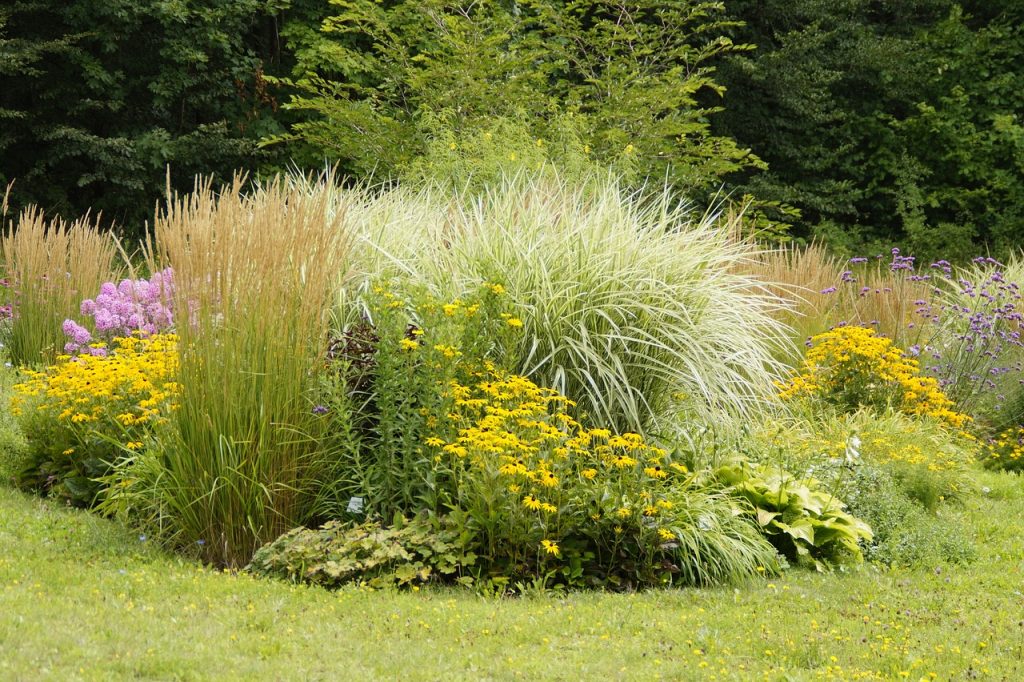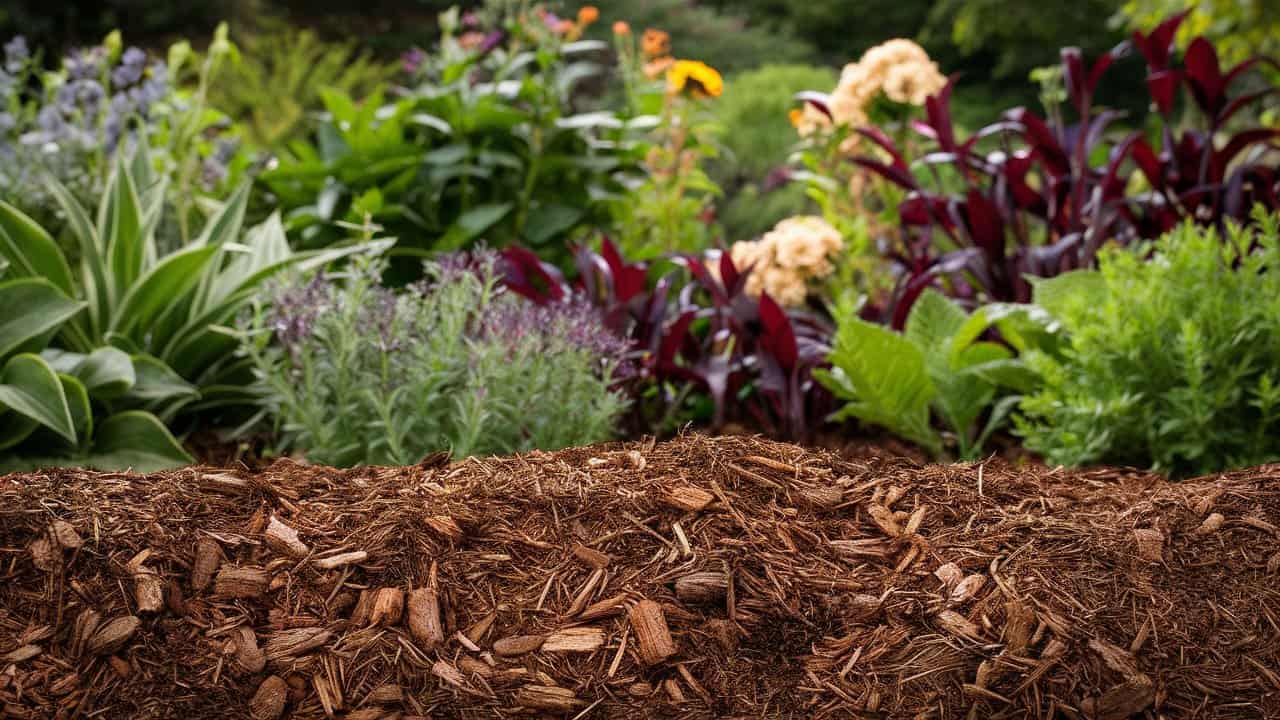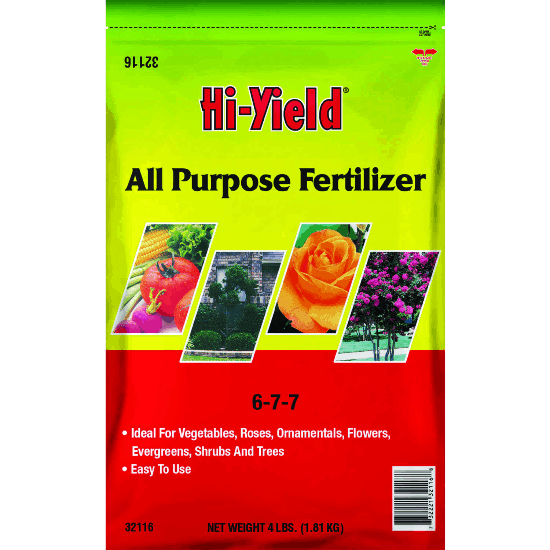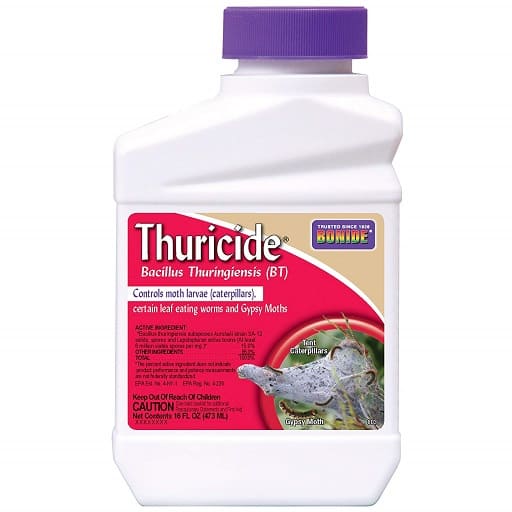As the seasons change, it’s essential to take the time to properly care for your garden, ensuring healthy growth and development for years to come. From dividing and transplanting perennials to protecting against pests and diseases, there are many steps you can take to revitalize your garden and keep it looking its best.
Deadhead Spent Blooms
As the summer months come to a close, many of your beloved flowers will begin to wilt and fade. But before you can say goodbye to the vibrant blooms, it’s essential to deadhead spent blooms in your fall flower garden. This simple yet crucial step will not only enhance the appearance of your garden but also encourage new blooms to emerge.
By removing spent flowers, you’re allowing the plant to focus its energy on producing new buds rather than seed production. This process, known as “pinching,” will stimulate the plant to produce even more flowers, extending the blooming period and keeping your garden looking magnificent. Simply snip off the spent blooms with a pair of scissors or clippers, and make sure to dispose of them properly to prevent the spread of disease.
Prune Back Overgrown Plants
As the seasons change, many plants can become leggy and overgrown, stealing attention from the showstopping blooms. To maintain a balanced and visually appealing garden, it’s essential to prune back overgrown plants before they become too unruly.
Start by cutting back stems to about one-third of their original height, removing any dead or damaged leaves and stems. This process will not only improve the appearance of your garden but also encourage new growth and promote healthy root development. Make sure to prune back plants that are prone to becoming leggy, such as marigolds, zinnias, and snapdragons, to maintain a bushy and full appearance.
Add Fall-Blooming Flowers
Fall brings its own unique charm to the garden, with delicate, fragrant blooms that add depth and character to your outdoor space. Now is the perfect time to add some fall-blooming flowers to your garden, whether you’re looking to fill gaps in your existing beds or create a new display.
Consider adding plants like asters, chrysanthemums, and kale to your garden, which will provide a stunning display of color and texture. For a more whimsical touch, try incorporating flowers like sedum, which will bloom later in the season, adding a pop of color and texture to your garden. Remember to plant at the same depth as the original soil and water thoroughly to ensure a healthy start.
Divide and Transplant Perennials

Perennials are a staple in any garden, providing a burst of color and texture year after year. But over time, even the most robust perennials can become overcrowded, leading to reduced blooms and a less-than-ideal appearance. To keep your perennials healthy and thriving, it’s essential to divide and transplant them regularly.
Dividing perennials is a simple process that involves separating the roots of a mature plant into smaller sections, each with its own set of leaves and roots. This process not only rejuvenates the plant but also allows you to propagate new plants, giving you more bang for your buck.
To divide perennials, start by digging up the entire plant, making sure to preserve as much of the root system as possible. Then, using a sharp knife or garden fork, gently separate the roots into smaller sections, ensuring each section has a healthy set of leaves and roots. Replant the divided sections in well-draining soil, spacing them about 12-18 inches apart. Water thoroughly and keep the soil consistently moist for the first few weeks to ensure proper establishment.
Mulch for Moisture Retention

Mulching is a crucial step in maintaining a healthy and thriving garden, especially during the dry fall months. By adding a layer of mulch to your garden, you’re not only enhancing its appearance but also providing a host of benefits, including moisture retention, weed suppression, and temperature regulation.
Start by choosing the right type of mulch for your garden, whether it’s shredded leaves, wood chips, or straw. Then, spread the mulch evenly over the soil, making sure to leave a small gap around the base of each plant to prevent rot and disease. Aim for a layer of 2-3 inches thick, which will provide adequate coverage while still allowing water and air to reach the soil.
Fertilize for Fall Growth

Fall is the perfect time to fertilize your garden, providing essential nutrients for healthy growth and development. By fertilizing in the fall, you’re giving your plants a boost of energy, helping them to withstand the harsh winter months and emerge stronger in the spring.
Choose a balanced fertilizer, such as a 10-10-10, which contains equal parts nitrogen, phosphorus, and potassium. These nutrients are essential for healthy growth and development, promoting strong roots, vibrant blooms, and overall plant health.
To fertilize, simply follow the instructions on the package, making sure to apply the fertilizer evenly over the soil. Water thoroughly to ensure the nutrients are absorbed, and avoid over-fertilizing, which can lead to excessive growth and weakened plants.
Protect Against Pests and Diseases

As the seasons change, your garden is susceptible to a range of pests and diseases that can quickly wreak havoc on your plants. To protect your garden from these unwanted visitors, it’s essential to implement a comprehensive pest and disease management strategy.
Start by inspecting your plants regularly for signs of pests or diseases, such as holes in leaves, yellowing leaves, or powdery mildew. By catching these issues early, you can take swift action to prevent the problem from spreading.
For pest control, consider using natural methods such as introducing beneficial insects, like ladybugs or lacewings, which feed on pests like aphids and whiteflies. You can also use neem oil or insecticidal soap to target specific pests.
For disease control, focus on providing good air circulation, removing any infected plants, and treating the soil with fungicides. Increase the air circulation around plants by pruning or removing any obstructions, and avoid overhead watering, which can spread disease.
Plan for Spring Bulbs
As the garden begins to wind down, it’s essential to plan for the next growing season. Spring bulbs, like tulips and daffodils, are a great way to add color and vibrancy to your garden in the spring.
Start by selecting the right bulbs for your climate and soil type. Choose bulbs that are disease-resistant and suitable for your region’s temperature and sunlight patterns.
Next, plant the bulbs in the fall, about 6-8 weeks before the first frost. Plant them at the correct depth, with the pointed end facing up, and water well to ensure good soil contact.
Clean Up Garden Debris
As the garden changes with the seasons, it’s essential to clean up any debris or dead plant material to prevent the spread of disease and pests. Start by removing any dead or dying leaves, stems, and flowers from the garden.
Next, dispose of any debris by composting it, adding it to your green waste, or simply removing it from the garden. Make sure to remove any debris from the soil surface to prevent it from becoming compacted and reducing drainage.
Finally, take the time to clean up any hard-to-reach areas, such as under shrubs or in corners, where debris can accumulate. Use a trowel or small rake to gently remove any debris and make sure to dispose of it properly.
Conclusion
By following these essential steps, you’ll be well on your way to revitalizing your garden and ensuring healthy growth and development for years to come. From dividing and transplanting perennials to protecting against pests and diseases, there are many ways to keep your garden looking its best. Remember to mulch for moisture retention, fertilize for fall growth, plan for spring bulbs, and clean up garden debris to keep your garden thriving. With a little time and effort, you can create a beautiful and vibrant outdoor space that you’ll enjoy for years to come. Happy gardening!










